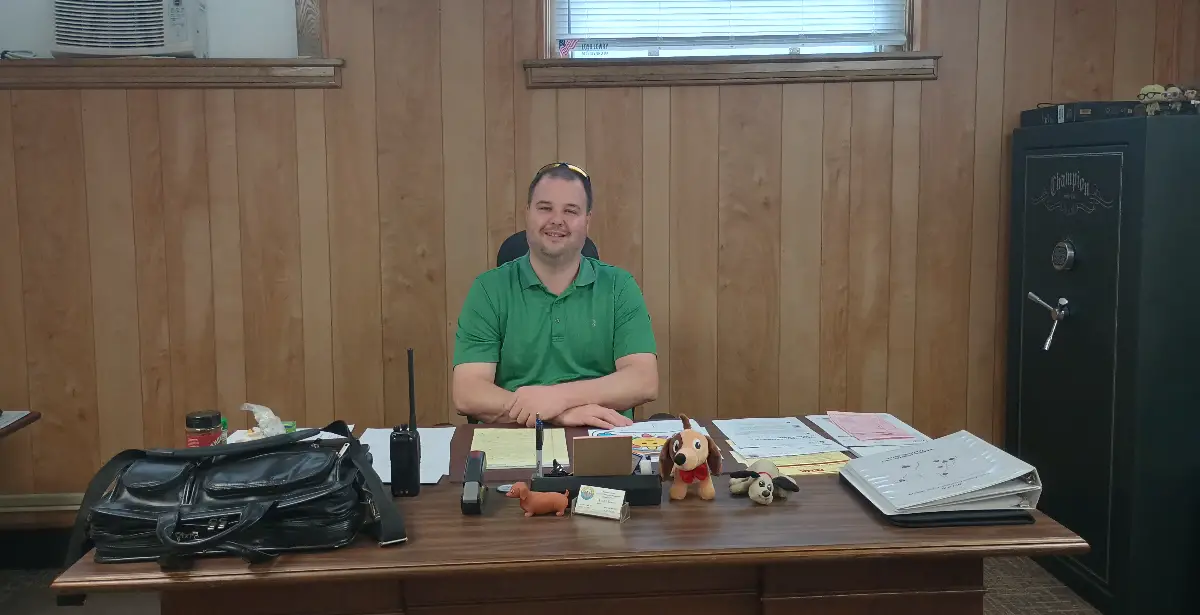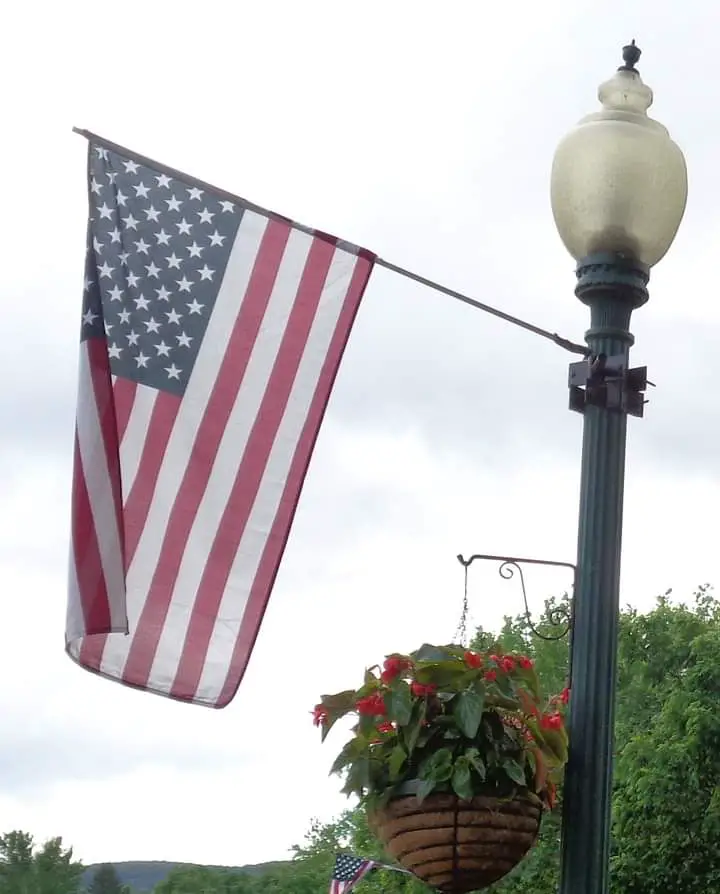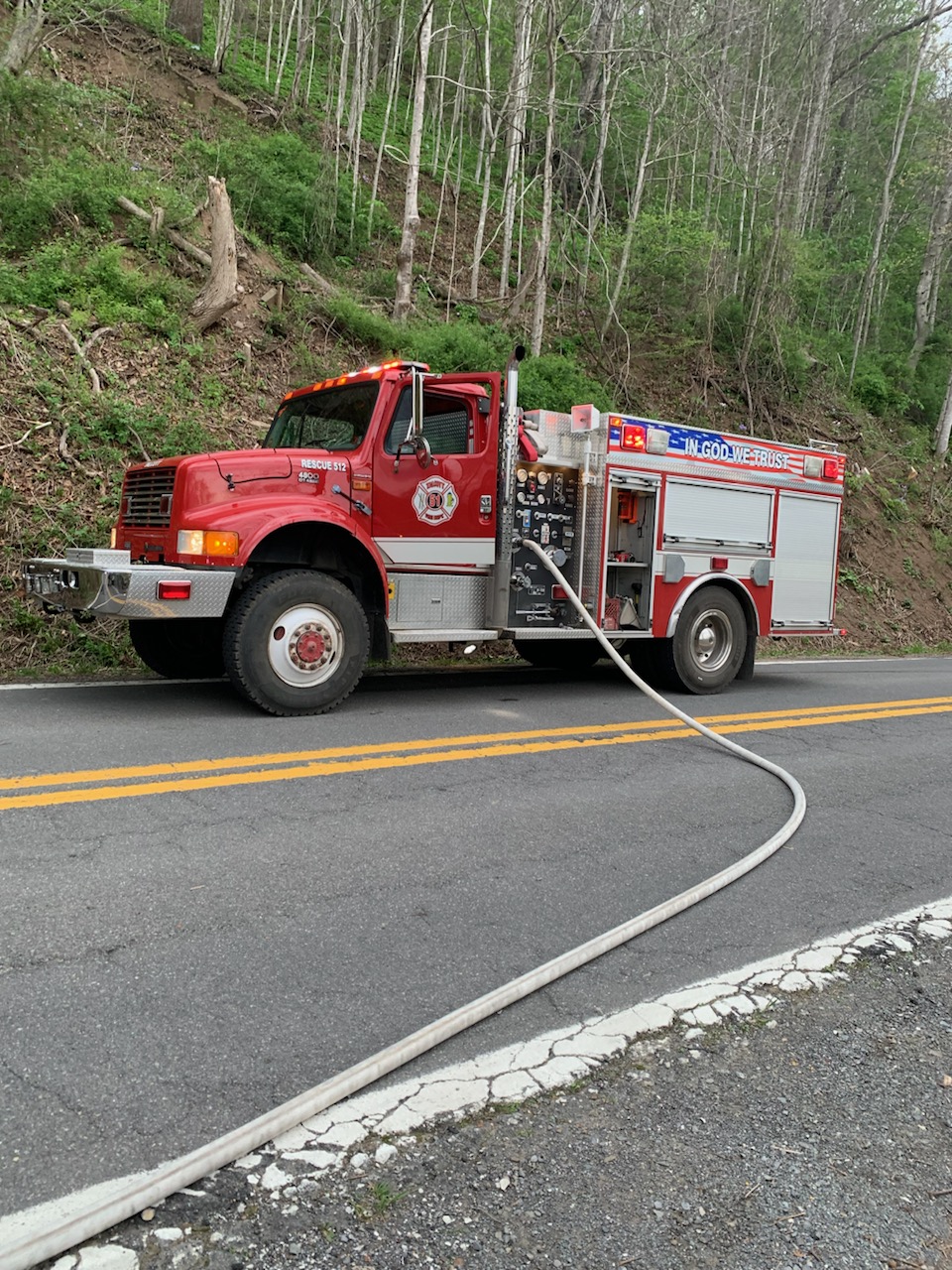By Fred Long
The knowledge of our historic past is constantly evolving with new discoveries surfacing continually. No one knows this better than the trained genealogist where each discovery becomes another mystery. Hours upon hours are spent searching meticulously through aged yellowed records preserved in museums, historical societies, and courthouses in search of that elusive ancestor—and the proof—that brings to light the forgotten past. Solving the mystery is exciting and so it is with the historian that reaches into the past to find that single clue that might prove, or disprove, a theory. It’s a quest for knowledge and truth.
Any experienced genealogist worth their salt will tell you first-hand information is the most reliable and authentic. The historian will tell you the same thing. Traditions and suppositions that are handed down from one writer to another remain just that—a matter of conjecture until evidence substantiating the theory, or disproving the theory, is found. That often takes years. But finding the record is what makes the quest exciting, and documenting it for future historians to consider is the reward; because conclusions can be faulty, particularly when new data, unavailable to previous historians, is discovered.
That brings us to the question—when was Fort Savannah built? It goes without question that a fort was built within the viewshed of the county courthouse in what is now downtown Lewisburg. The early newspaper editor, Anne Royall, records in her 1826 book, Sketches of History, Life, and Manners, in the United States, (available online from the Library of Congress) that she visited Lewisburg in 1824. She says, on page 66, that she is conversing with Frances Welch, formerly married to Captain Matthew Arbuckle, the commander of Fort Randolph and the guide for Colonel Charles Lewis in 1774 for the Battle of Point Pleasant. Capt. Arbuckle was the first pioneer to settle in present-day Lewisburg, building his home in the early 1770s.
They are on the porch of that pioneer home as Ms. Welch relates to her that Lewisburg took its name from General Andrew Lewis, “who commanded at the battle of the Point.” She says, “On his way thither, he encamped upon the ground where Lewisburg now stands, which, at that time, was nothing more than a bleak savannah.” If a fort was built prior to 1774, why would she say Lewisburg was a “bleak savannah?” The following year, she says, John Stuart, Lewisburg’s first county clerk and its first historian, “opened a store on this savannah; a fort was likewise built on it, to protect them from the Indians,” Anne Royall, adding that they were “sitting on the site where this fort once stood: not the least vestige of it, however, remains.”
Arbuckle was appointed a “gentleman justice” (county court) of Botetourt County when that county was created in 1771. (Greenbrier County would be formed from Botetourt in 1778). We know from the records that this position was terminated by an act of the council on June 11, 1773. Although it’s known he had a “camp” site in the Lewisburg area from as early as 1769, it’s believed it was about this time that he built a permanent home in present-day Lewisburg near Lewis Spring and it’s also known that he married Frances on Dec. 17, 1774.
From this, if we accept Anne Royall’s report of the interview as accurate, and we have no reason to believe it isn’t, Frances was living at this location on Jan. 1, 1775 and at that time Lewisburg was a “bleak savannah” and, therefore, a fort was not at this location prior to 1775.
John Stuart says nothing about this fort in his 1789 “Memorandum,” found at the back of Greenbrier County’s deed book 1, and published in full at the back of Ruth Woods Dayton’s 1942 book Greenbrier Pioneers and Their Homes. Stuart says nothing in his Memoir of Indian Wars, and Other Occurrences, believed to have been written in 1820. What does he say?
Communications collected by Dr. Lyman Copeland Draper, and now deposited with the State Historical Society of Wisconsin, preserved the only evidence contemporary with this early period of Greenbrier County. The designations, 3ZZ1, 3ZZ2, etc. identify items in the Draper Manuscripts.
On Aug. 2, 1776, Stuart sent an urgent dispatch to Col. William Fleming, in Christianburg, notifying him of a possible Indian invasion and asking him to send his way “so many of Militia to our Assistance as you’l think Sufficent.” He said, “should our people pen themselves in little Forts as formerly they did it will be the Readyest method of having themselves Distroyed.” (3ZZ1) Fleming replied instructing Stuart to find “some place the most suitable to the People who may be supposed to take Shelter there and build a Fort.” (3ZZ1)
Why would Fleming instruct Stuart to “build a Fort” if one already existed? He instructs him to take his company and Capt. Brown’s company and begin work “as soon as possible.”
On Aug. 10, 1776, Stuart contacted Fleming again. “I expect,” Stuart told him, “to have a fort soon completed at Camp Union, large enough to Contain the greatest part of the Inhabitants.” (3ZZ2) On Aug. 24, 1776, Fleming responded, telling Stuart to keep a small command “at the Fort on the levels when finished.” (3ZZ3)
Present-day Lewisburg had been designated “Camp Union” in 1774 when the armies of the Virginians converged at that location for the combined march to Point Pleasant and that engagement with the Shawnee Indians. The above communications certainly establishes the date that a fort was under construction at that location. It’s also worthy to note that the words “Fort Savannah” or “Savannah Fort” is not in any of these communications. Instead, we find Fort Charles.
Capt. William McKee wrote Fleming on Sept. 30, 1776, saying, “I arrived at the Fort Charles in the Sevannah [sic] the 27th Inst. with only 17 men besides my self.” (1U28)
On Nov. 3, 1776, Col. William Fleming replied to a dispatch from Andrew Donnally and Archibald Matthews. “Yours,” he said, “of Novr. 1st came to hand by the Messenger from Fort Charles.” (1U42)
Forts during this period were known by different names, and, apparently, that was the case with the fort in Lewisburg. Along with Fort Savannah and Fort Charles we have also seen it identified as Fort Union. Ms. Kenneth Swope, the noted archivist for the Greenbrier Historical Society, believed the fort in Lewisburg was never officially christened with any of these names. But the record tells us that a fort was built, and that it was built between Aug. and Sept. 1776, and that it was “called Fort Savannah.” We learn that from Frances Welch, and Anne Royall who had the foresight to include that from her interview with her in 1824.
This page is available to subscribers. Click here to sign in or get access.








